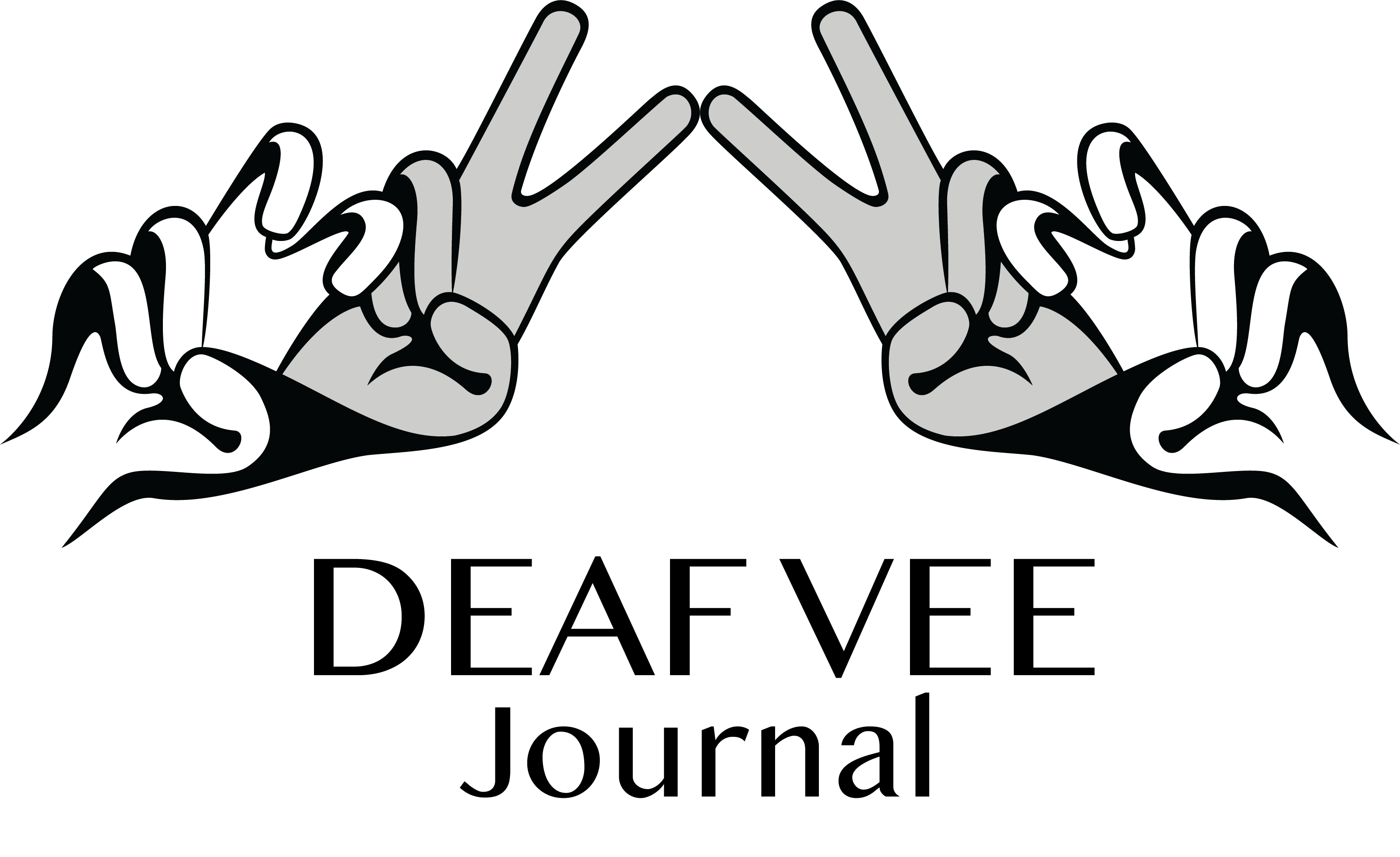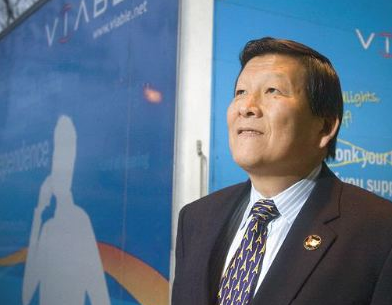If and when you find yourself in a room with ten different Deaf persons at any given time, the unofficial word amongst Deaf-led specialty service providers is that you would most likely find nine of the said ten persons to have or will have trauma experiences in their lifetimes. Rape culture, in particular, and Deaf culture seem to go hand in hand.
- Deaf children are three times more likely to experience sexual abuse compared to hearing children, and it is estimated that as high as 50% of Deaf children are subjected to sexual abuse (Rainville, 2013).
- At least four in ten Deaf boys and one in two Deaf girls experience sexual abuse (Schild & Dalenberg, 2012), and the figures of lifetime incidence with sexual assault are similar in Deaf men and women (Vera Institute of Justice, 2010; Smith & Pick, 2015).
- Although it is calculated that youth who identify as LGBTQ+ and/or queer are four more times likely to experience sexual abuse compared to youth who identify as straight and cisgender (Friedman et al., 2011), we, unfortunately, were not able to find statistics on the extent of sexual abuse specifically for Deaf LGBTQ+ and/or queer youth (it is our hopes current and future research endeavors will investigate further into this).

Sexual abuse tends to happen where our children spend the most time: residential schools for the Deaf or, for children who are in mainstream settings, in their own homes (Sebald, 2008). Nine out of ten times, the child survivor of sexual abuse knows their abuser (Finklehor, 2012; Whealin, 2007).
Some assert the number of sexual assaults reported at schools for the Deaf is skewed in comparison to mainstream schools, citing the differences in reporting criteria. At mainstream schools, the school is no longer considered responsible for any incidents that happen on campus grounds once academic instruction is done for the day and there are no extracurricular activities at the time (i.e., clubs, sports, after-school tutoring or other programs). If a crime occurs on campus grounds in a situation where the school is not responsible, it is a city statistic instead of a school statistic. Schools for the Deaf, on the other hand, are 24/7 residential facilities so they are automatically held liable for any and all incidents that happen on their campus grounds.
While the point outlined above is a valid concern, we have to look at the design and structure of our schools for the Deaf. At least two different schools for the Deaf, for example, have reportedly allowed high school students to have plenty of free access to middle school and elementary school students at varying times: they were sharing the same gym locker rooms and the shower rooms at the same time–where they were showering naked and changing clothes–and they were riding the same buses. All this without adult supervision. This is no accident, and it is a dangerous precedent. Why are school administrators okay with allowing this?
There are also reports of employees being caught red-handed at work: viewing pornography, being drunk and/or high at work, and/or engaging in inappropriate behavior with students. All with little to no consequences.
Not one school for the Deaf can say they have never had a reported incident. Some schools have gone longer than others without a reported incident. The key word here is “reported,” since many of these schools sweep it under the rug. Every single one of the “elite six” schools have had reports of rape, other forms of sexual assault (i.e., attempted rape, fondling or unwanted sexual touching, coercion of sexual acts), and/or inappropriate behaviors towards students on the part of faculty and/or staff.
The following incidents listed below have been alleged:
- Illinois School for the Deaf made the news for having to place Charles Hicks Jr. on paid administrative leave for sexual contact with at least one student.
- Indiana School for the Deaf disclosed that some of their staff had to be let go because of their inappropriate behavior.
- A couple of years ago, there was a huge case related to sexual misconduct at the Washington School for the Deaf.
- Some current staff at the Kansas School for the Deaf are known to have had relationships with underage students.
- The Maryland School for the Deaf fired several employees for having inappropriate relationships with students.
- The California School for the Deaf at Riverside has current employees who participated in a swingers club with fellow or subordinate faculty and staff, forming an “I scratch your back, you scratch mine” dynamic. Multiple sexual assaults involving middle school boys were also claimed to have occurred seven years ago.
- Employees at the Arizona School for the Deaf and Blind [ASDB] have married students who were fresh graduates out of ASDB after being in a relationship with the said student for several years.
- Additionally, it has been reported that the Texas School for the Deaf is known to have ongoing issues with widespread incidents of rape against students under age 18.
This is just the tip of the iceberg. The Seattle Post-Intelligencer published a November 2001 special report on the epidemic of sexual and physical abuse in schools for the Deaf across the nation, with at least 25 of them having had major scandals over the last 20 years. Here we are almost 20 years later, and this is still going on. For every 1,000 persons who sexually assault someone else, 995 end up getting a free pass (U.S. Department of Justice, 2017).

If this doesn’t outrage everyone in our Deaf communities, what will?
It is past time to stop the cycle. Creating a safe space for students and employees to report suspected cases of inappropriate behavior, including incidents of sexual and/or physical abuse and any other form of child endangerment, is a must. Students, their families, and employees who tried reporting were and are being retaliated against.
We fail our students, we fail our communities, and we fail ourselves if we do not work together to step up and prevent the cycle from repeating itself. Any discussion on this means nothing if we do not follow through with comprehensive action.



